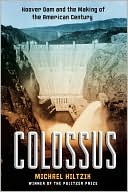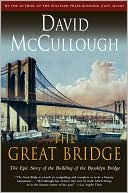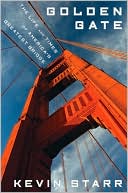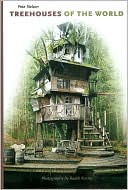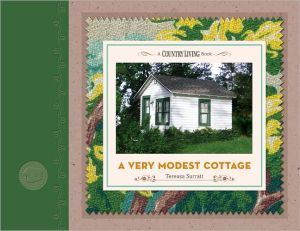Art of Death: Visual Culture in the English Death Ritual C. 1500-1800
How did our ancestors die? Whereas in our own day the subject of death is usually avoided, in pre-Industrial England the rituals and processes of death were present and immediate. People not only surrounded themselves with memento mori, they also sought to keep alive memories of those who had gone before. This continual confrontation with death was enhanced by a rich culture of visual artifacts. In The Art of Death, Nigel Llewellyn explores the meanings behind an astonishing range of these...
Search in google:
How did our ancestors die? Whereas in our own day the subject of death is usually avoided, in pre-Industrial England the rituals and processes of death were present and immediate. People not only surrounded themselves with memento mori, they also sought to keep alive memories of those who had gone before. This continual confrontation with death was enhanced by a rich culture of visual artifacts. In The Art of Death, Nigel Llewellyn explores the meanings behind an astonishing range of these artifacts, and describes the attitudes and practices which lay behind their production and use.Illustrated and explained in this book are an array of little-known objects and images such as death's head spoons, jewels and swords, mourning-rings and fans, wax effigies, church monuments, Dance of Death prints, funeral invitations and ephemera, as well as works by well-known artists, including Holbein, Hogarth and Blake.
IntroductionI. The Object of CommemorationII. Rites of PassageIII. Dying, A ProcessIV. Dances of DeathV. Examples of VirtueVI. Death, A Bad BusinessVII. Two BodiesVIII. Body LanguageIX. The Natural Body and its FateX. Funerals: The Declaration of DifferenceXI. Heraldic DisplaysXII. Funereal ParaphernaliaXIII. LiturgiesXIV. Worn Out and InXV. Objects of MourningXVI. The Monumental BodyXVII. Kinds of MonumentXVIII. Image TheoryXIX. EpilogueReferencesSelect BibliographyList of IllustrationsAcknowledgementsIndex

